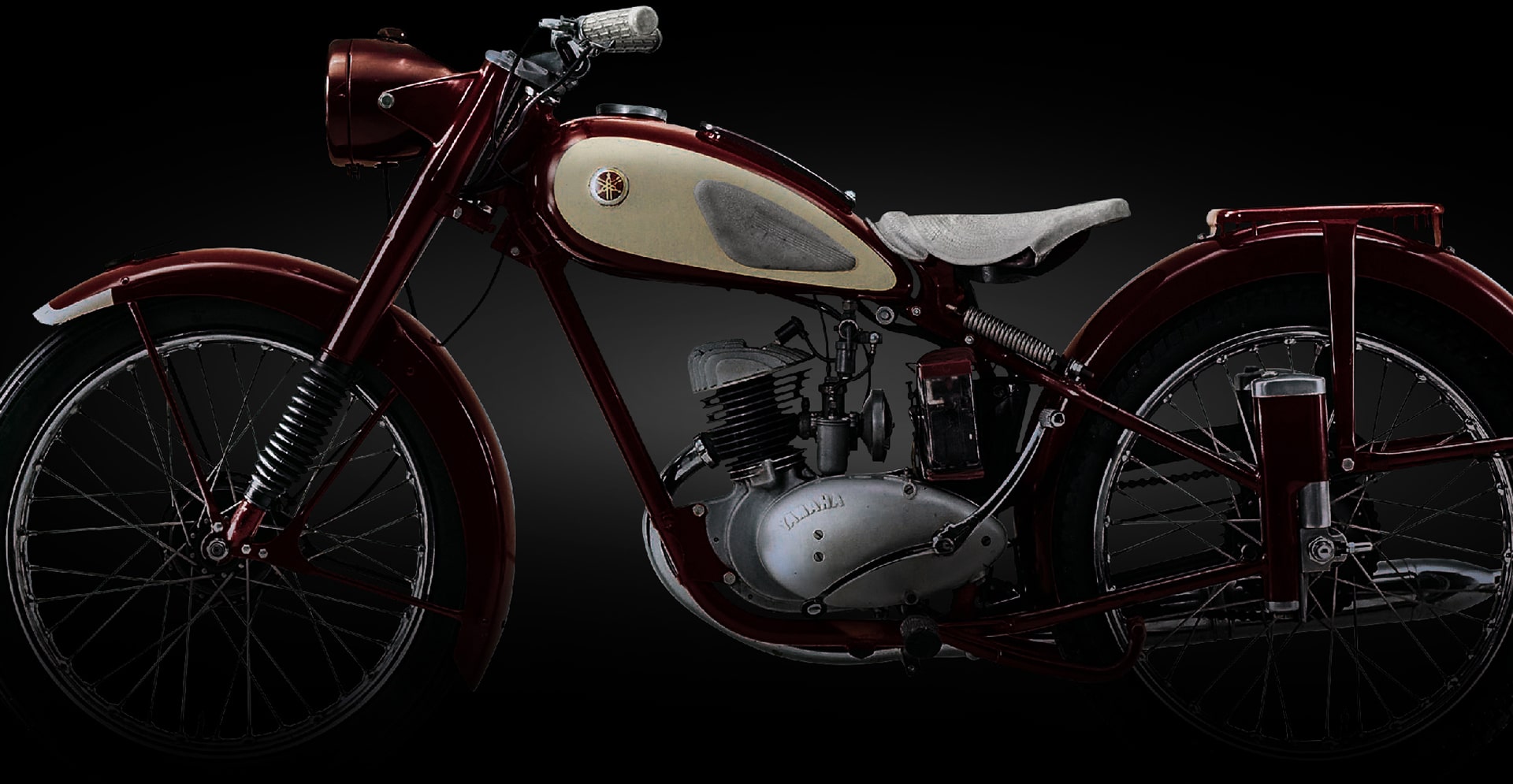An Era of Trial and Error in the
Pursuit of Originality
The opening of Tokyo Tower, the beginning of Shinkansen bullet train operations, the first Olympic Games to be held in Japan—the era of the country’s period of rapid economic growth drew ever closer, and the Japanese government’s economic white papers now read “We are no longer in a ‘post-war period.’” In the United States, the looks of futuristic concept cars were reflected in their production models, while in Germany, a logical approach to engineering and design gave birth to numerous sports cars. In Japan, the world of design was based around the shared themes of “compact,” “simple” and “modern.” In addition to studying the aspects of German functionalism and American commercialism in product design, Japan pursued design expressions that communicated both function and feeling.
















